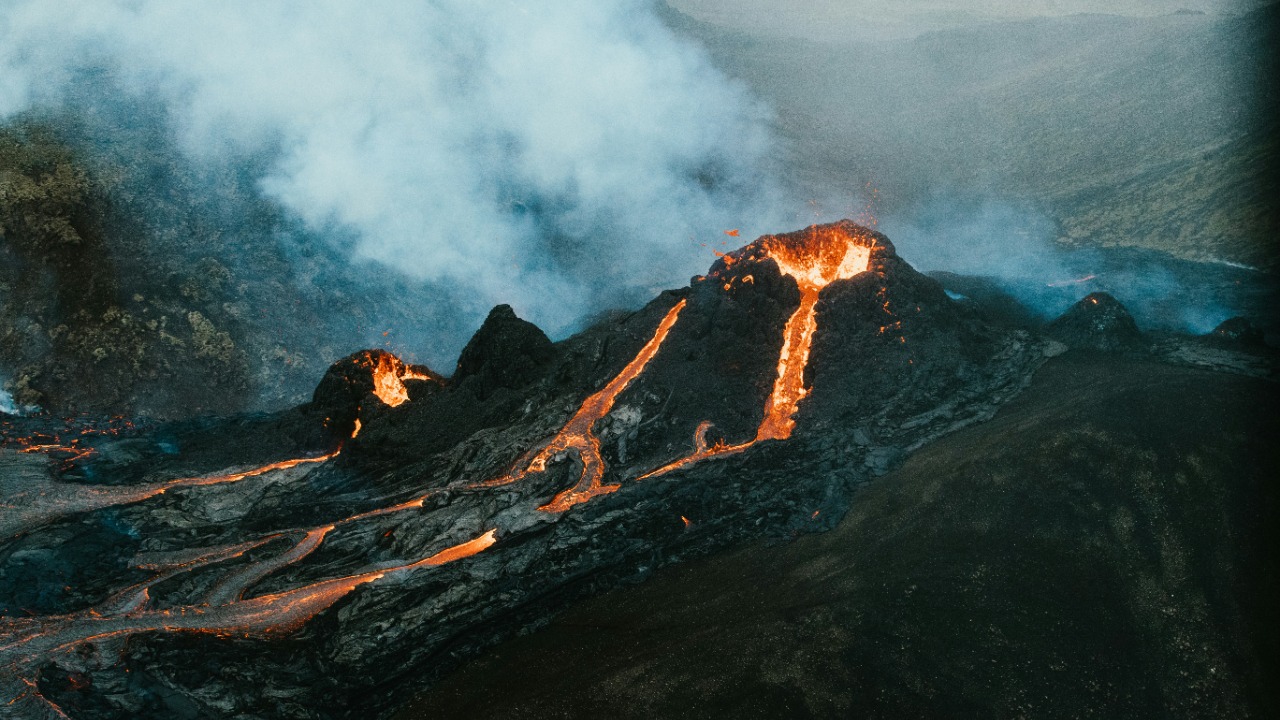
A “zombie volcano” in Bolivia, dormant for over 250,000 years, has surprisingly shown signs of life, stirring curiosity and concern among scientists and local communities. Recent seismic activity and ground deformation suggest that the Uturuncu volcano might be reawakening. This phenomenon raises questions about volcanic activity’s unpredictability and potential impacts on the surrounding region.
The Mysterious Case of Uturuncu
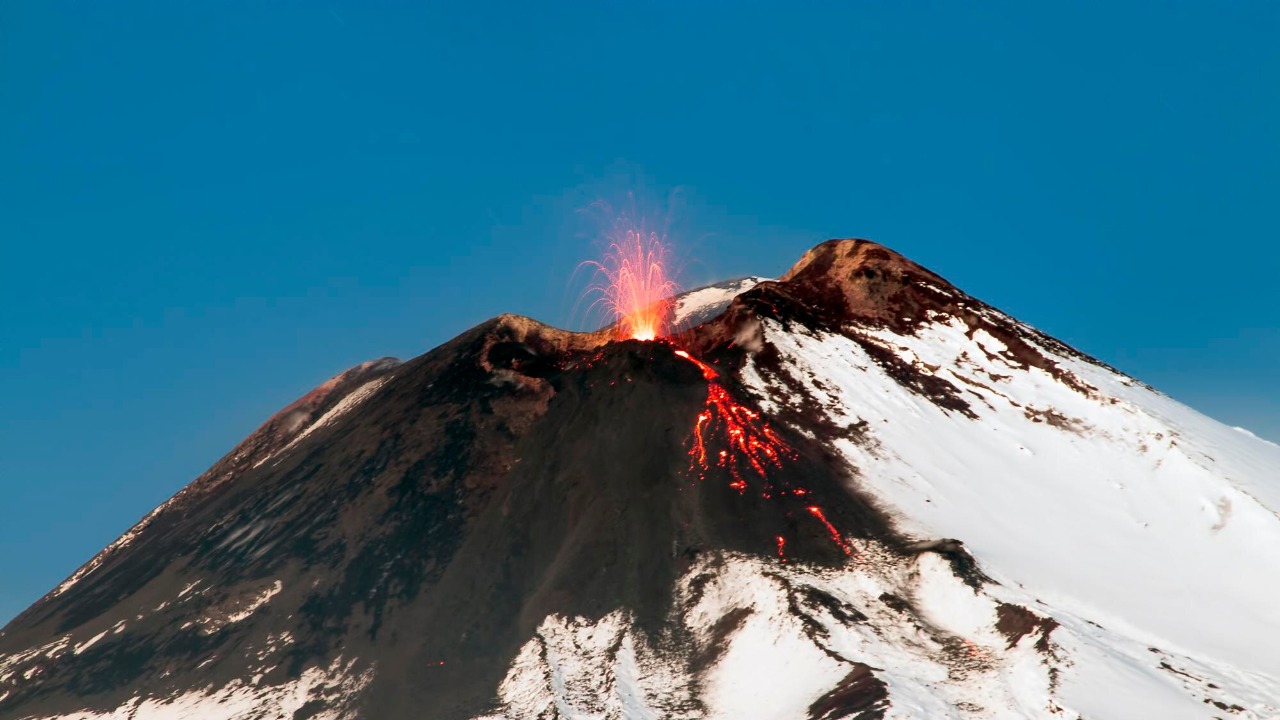
Uturuncu, a towering stratovolcano located in the Bolivian Andes, has long been a subject of geological intrigue due to its extended dormancy period. Historically, the volcano has not erupted in over a quarter of a million years, making any signs of activity particularly noteworthy. The term “zombie volcano” aptly describes Uturuncu, as it refers to volcanoes that were presumed extinct yet show unexpected signs of activity.
Previous studies of Uturuncu have highlighted its unique characteristics, including a large magma body beneath its surface. Despite its dormancy, the region has experienced minor seismic activities over the years, but recent developments suggest a significant shift. Researchers have been revisiting old data in light of new findings to better understand the volcano’s past behavior and potential future eruptions.
Signs of Awakening
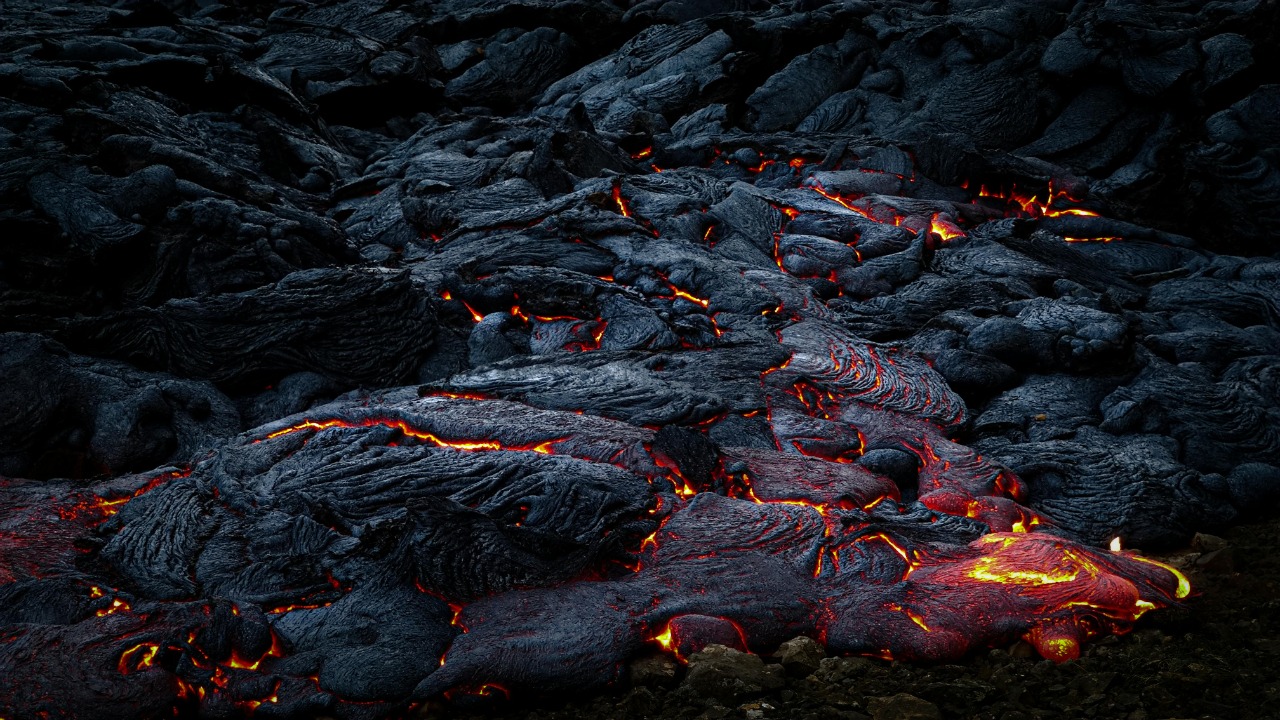
Recent seismic activity around Uturuncu has caught the attention of the scientific community. Seismometers have detected numerous small earthquakes, indicating potential movement within the earth’s crust. In addition to seismic signals, ground deformation has been observed, further suggesting that magma might be accumulating beneath the surface.
These geological changes are being meticulously analyzed by scientists, who are collecting data to understand the magnitude of these developments. The indicators of potential magma movement have been corroborated by various research efforts that aim to decode the behavior of this long-dormant giant.
Scientific Investigations and Theories
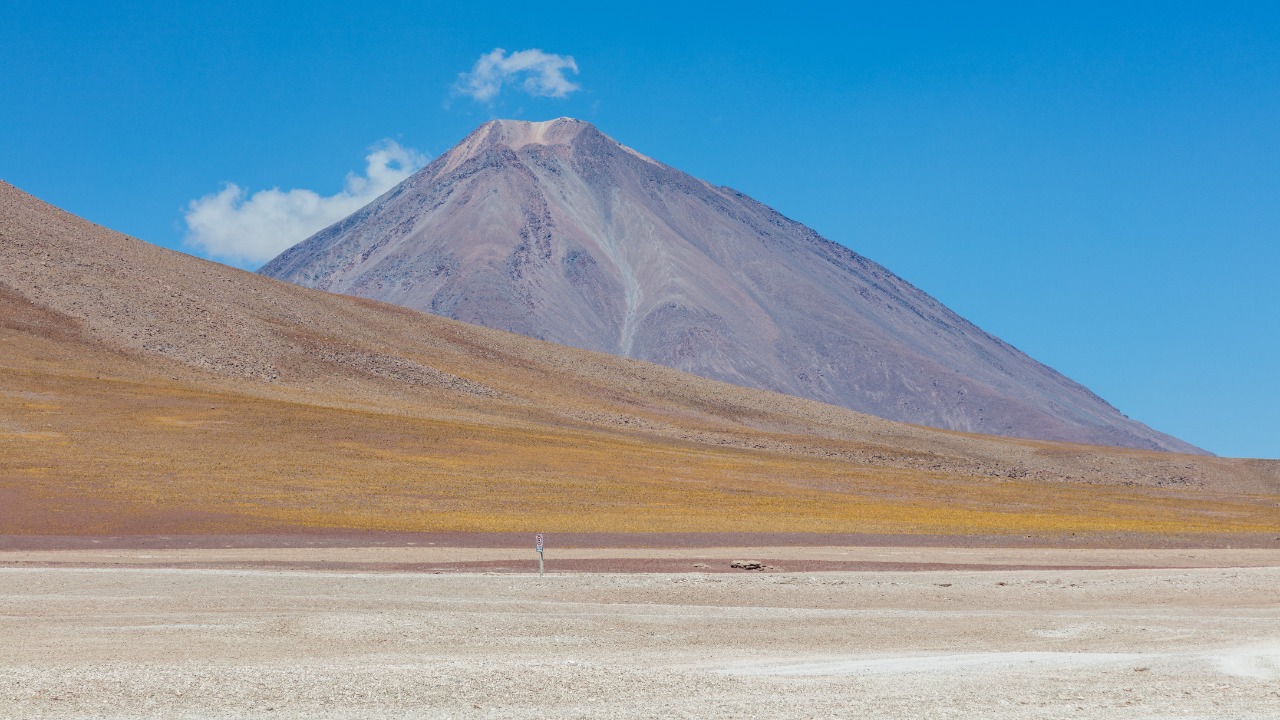
Research teams have intensified their monitoring of Uturuncu, deploying advanced technologies to track the volcano’s subtle changes. Satellite imagery and ground-based sensors are being used to gather real-time data, offering insights into the dynamic processes occurring beneath the volcano.
Volcanologists have proposed several theories as to why Uturuncu might be reawakening now. Some suggest that tectonic shifts in the region could be reigniting the volcano’s activity. Others believe that gradual changes in magma composition and pressure over time are leading to this resurgence. These hypotheses are being tested as part of a broader effort to understand the complexities of volcanic reawakening.
Potential Implications for the Region
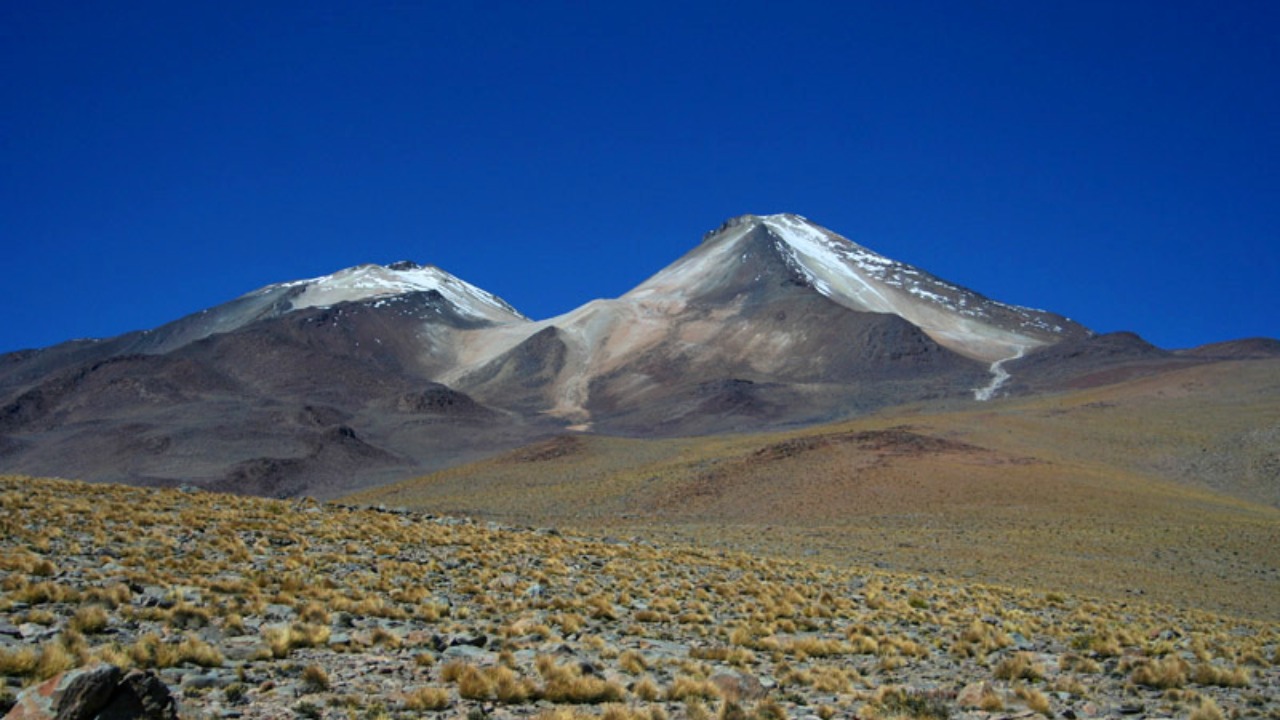
The potential reawakening of Uturuncu poses risks and hazards for the local communities nestled in its vicinity. An eruption could lead to ashfall, lava flows, and pyroclastic surges, which would have devastating effects on both human life and infrastructure. Environmental impacts could include changes to local ecosystems and biodiversity loss.
Communities are being urged to prepare for the possibility of volcanic activity. Authorities are reviewing disaster preparedness measures to ensure that evacuation plans are in place. Economically, the region could face challenges, especially if key industries such as agriculture and tourism are disrupted. The balance between preparedness and normalcy is a delicate one as residents grapple with the uncertainty of the situation.
The Global Context of Dormant Volcanoes
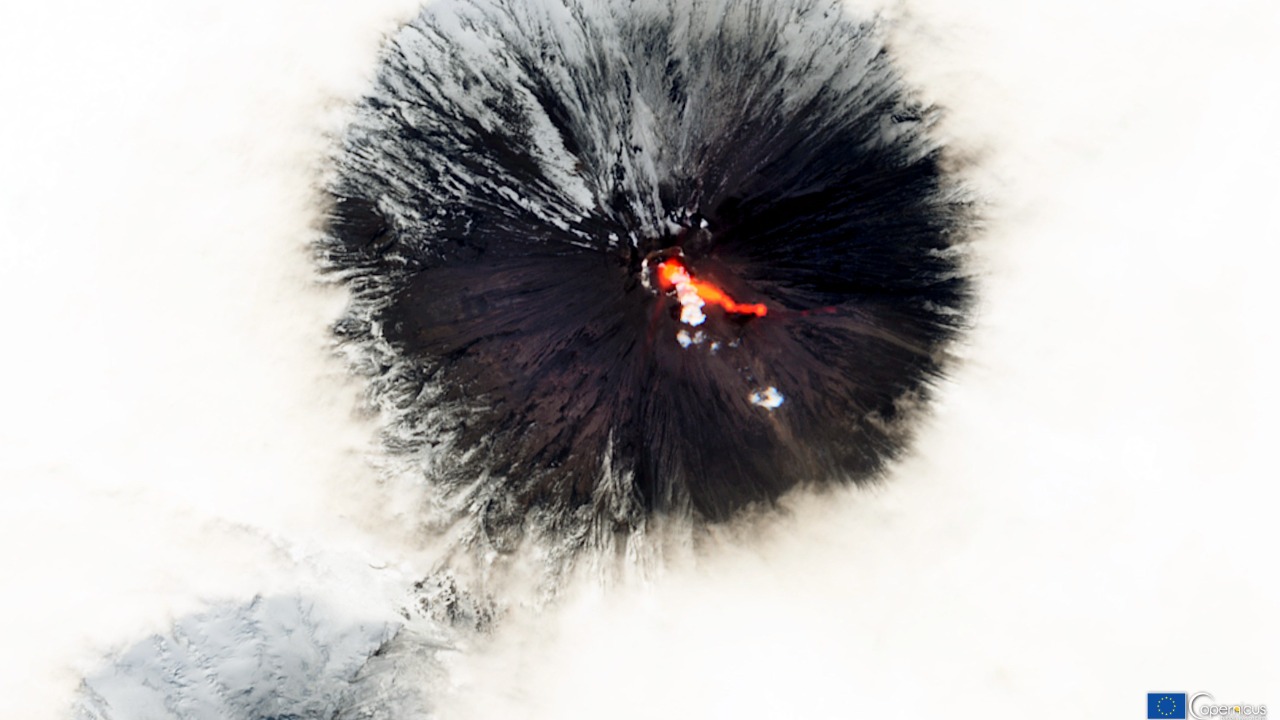
Uturuncu is not unique in its unexpected signs of life. Around the world, several dormant volcanoes have similarly surprised scientists with renewed activity. Notable examples include Mount St. Helens in the United States and Eyjafjallajökull in Iceland. These instances highlight the importance of continuous monitoring of dormant volcanoes to anticipate potential hazards.
International collaboration plays a vital role in advancing our understanding of volcanic behavior. By sharing data and resources, scientists can develop more accurate models to predict eruptions. The collective efforts underscore the need for a global perspective when addressing the risks associated with volcanic activity.
Future Prospects and Precautionary Measures
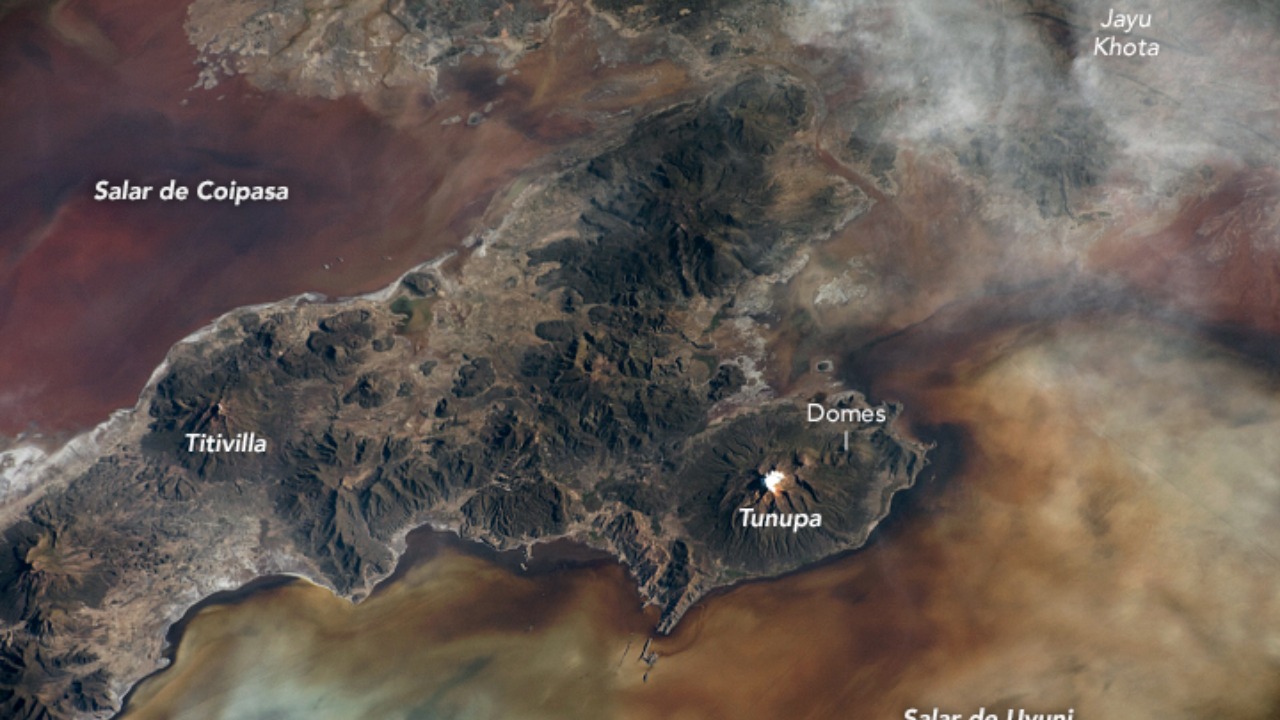
Looking ahead, ongoing monitoring and research will be crucial in managing the potential risks posed by Uturuncu. Scientists are planning extensive field studies and leveraging technology to enhance their understanding of the volcano’s dynamics. This proactive approach aims to provide early warnings and minimize the impact of any potential eruption.
Authorities are also focusing on strengthening disaster preparedness strategies. Public education campaigns are being rolled out to raise awareness about volcanic risks and ensure that communities are equipped with the knowledge to respond effectively. These efforts are essential in fostering resilience and safeguarding lives in the face of natural uncertainties.